In pursuit of pleasure
Book Review – ‘Palaces of Pleasure’ – Lee Jackson
By Robin Dutt
It has been a year of deprivation of many things. And it has to be stressed that, although we might be emerging into the light, we are not there yet. Sociability, shopping, conversation, imbibing and, basically, all aspects of what we knew as normal behaviour pre-Covid have been and will be effected for a time to come.
And it’s a sure bet that if one were able to crystalise exactly what we all were missing in one word, that word would be pleasure. At first, a full Lockdown, then variations of the same by way of a partial one, we all know what it is to be starved of pleasure to such an extent that this goes way beyond the actual pleasure of pleasure itself!
A dearth of fun and joy breeds depression, lethargy, introspection, negative thoughts, boredom – and much worse. Artificial diversions are simply that. Nothing can take the place of the real thing.
So, Lee Jackson’s latest book on the subject is one we can enjoy for its rich detail and its focus on what pleasure meant to our species in specific environs two centuries ago and of course how this has changed – if it has, in essence, at least. Venues may come and go but that human expectation to enjoy life is still the same – increased though in our age, by so much choice of venue and experience. But this throws the effect of the pandemic into sharper focus. Take away our pleasure, our enjoyment and we become less – in every way.
Palaces of Pleasure highlights everything from the Gin Palace to the Music Hall, the Dancing Room to the Pleasure Garden, the Exhibition Room to the Seaside. For our twenty-first century, read pubs, theatres, nightclubs, parks and galleries. But then, as now, the seaside is a huge British tourist draw and one so many of us missed in this last year, unless you happen to live by it. And how we took our scepter’d isle with its countless resorts for granted.
All of these diversions are essential to the well-being of the human psyche and how we came to value that taken for granted coffee in a cafe with a friend as opposed to having to book a time slotted table and sit socially distanced and don the mask when you needed the loo. And what of sport?
As a football-loving nation, we were all quickly reminded that it is not simply watching two teams battle it out. The ‘society of the stands’ is crucial and that feeling of ‘being there’.
Jackson’s book could not have been better timed, for we are still in the grip (though lessening) of the Covid crisis but with a less than sure vista regarding certain beloved pleasure palaces of our own, perhaps never to open again and which we all thought would be there forever. By the end of all of this, everyone will have lost a favourite establishment. Will we ever take pleasure for granted again? Knowing what we are as a species, we forget – and adapt.
But one thing is for certain, pointed out by D.J.Taylor, writing in the Wall Street Journal – ‘pleasure is, at bottom, a deeply serious business’.
Palaces of Pleasure’ by Lee Jackson is published by Yale University Press. £10.99
Image shows: A busy gin palace bar with customers buying drinks. Coloured etching by G. Cruikshank, c. 1842. Wellcome Collection
Book Review - 'Palaces of Pleasure' -



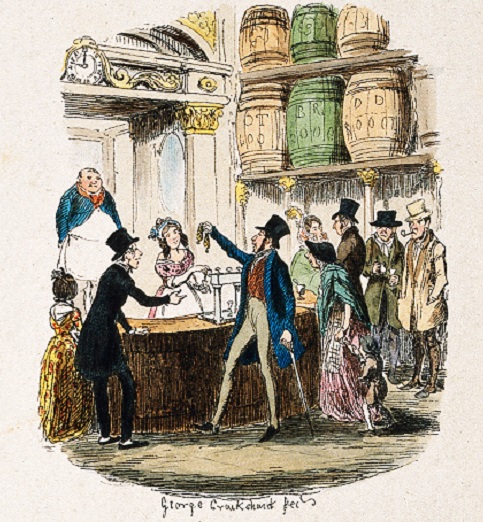

 Torsten Muller-Otvos, Chief Executive of Rolls-Royce Motor Cars says: “This magnificent expression of our pinnacle product represents a landmark for Rolls-Royce Motor Cars, bringing together two houses with more than three centuries’ combined experience and heritage.”
Torsten Muller-Otvos, Chief Executive of Rolls-Royce Motor Cars says: “This magnificent expression of our pinnacle product represents a landmark for Rolls-Royce Motor Cars, bringing together two houses with more than three centuries’ combined experience and heritage.”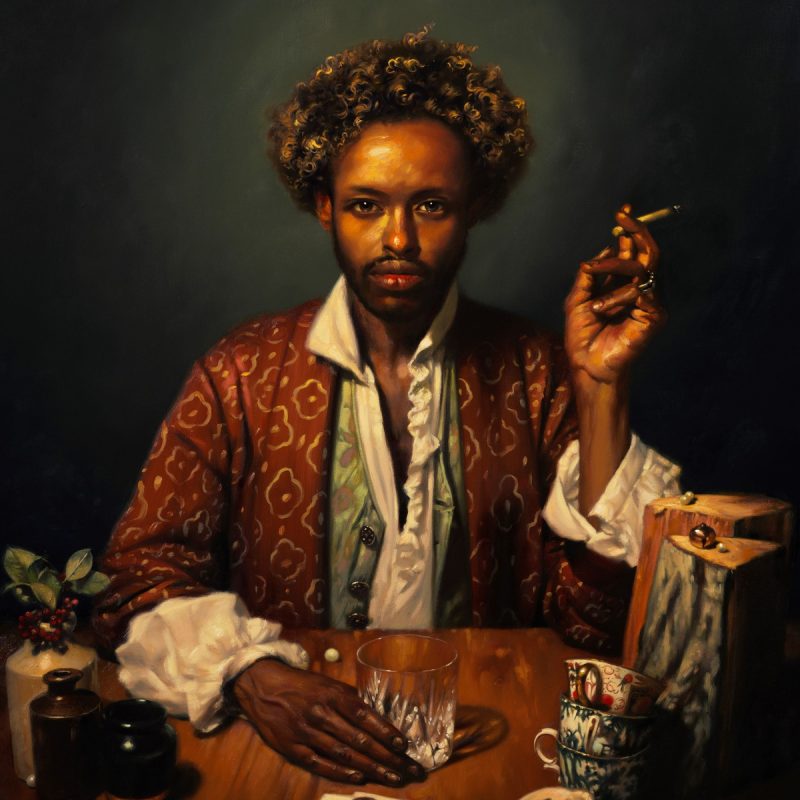
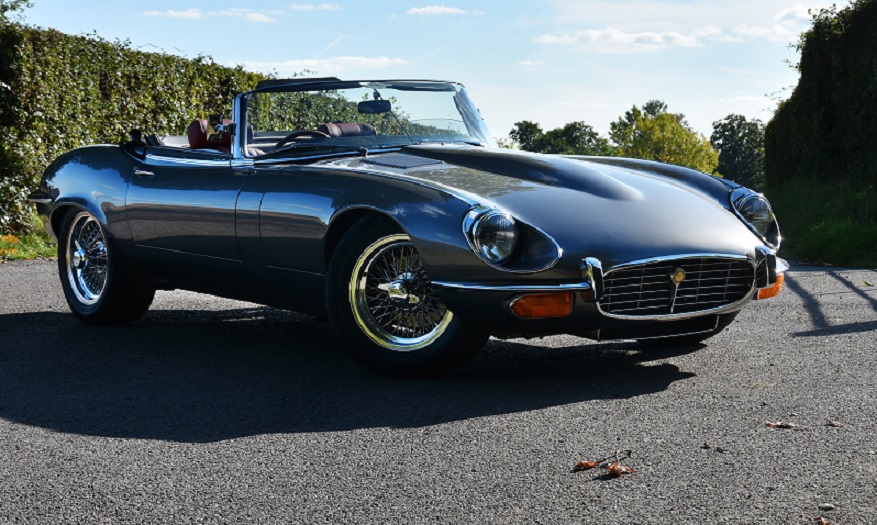
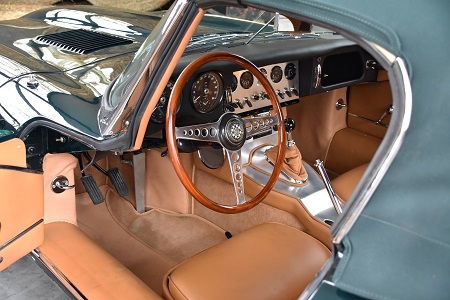 There is something rather oceanic about the E-Type, with its suggestively adventurous “eyes” for headlights and a grill more like the mouth of an exotic deep water fish, somehow knowing it is rare indeed.
There is something rather oceanic about the E-Type, with its suggestively adventurous “eyes” for headlights and a grill more like the mouth of an exotic deep water fish, somehow knowing it is rare indeed.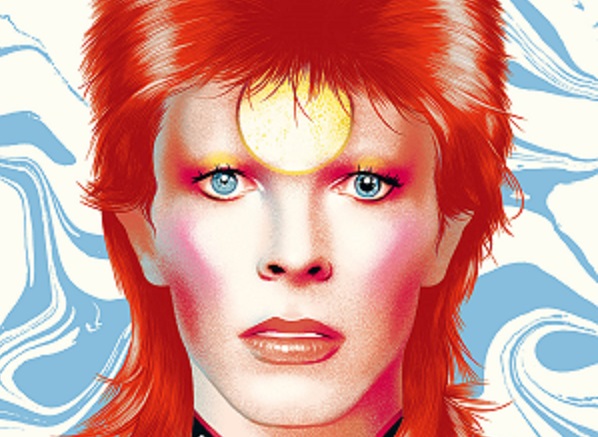
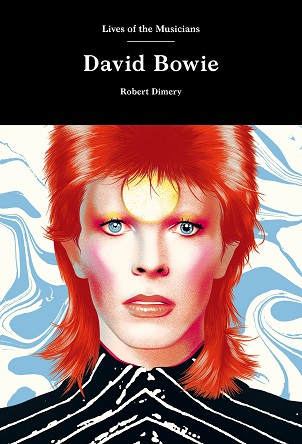 Bowie was able to counter the moment and the circumstance. Dimery reminds also just what a great wearer of tailoring Bowie was – of course unconventional and sporting the sharp and sculpted cuts of such visionaries as Thierry Mugler and Kansai.
Bowie was able to counter the moment and the circumstance. Dimery reminds also just what a great wearer of tailoring Bowie was – of course unconventional and sporting the sharp and sculpted cuts of such visionaries as Thierry Mugler and Kansai.